July 2, 2021, 2:15PMUpdated December 30, 2021, 7:15AMNuclear NewsSusan Gallier A hot cell at Argonne National Laboratory was used to demonstrate a process for purifying molybdenum-99, an important diagnostic medical isotope. (Photo: Wes Agresta/ANL)
The biggest impact of radiation in our lives may come not from radiation itself, but from regulations and guidelines intended to control exposures to man-made sources that represent a small fraction of the natural radiation around us.
Decades of research have been unable to discern clear health impacts from low levels of ionizing radiation, leading to calls for a new research program—one with a strategic research agenda focused on how the scientific understanding of the health effects of low doses (below 100 millisievert) and low dose rates (less than 5 mSv per hour) can best be augmented, applied, and communicated.
A Japanese rat snake is fitted with a GPS transmitter that will allow researchers to track its movements. (Photo: Hannah Gerke)
Training for the realities of radiological incidents and emergencies
July 9, 2021, 2:43PMNuclear NewsGreg White, Steve Kreek, William Dunlop, Joshua Oakgrove, Dan Bower, Dave Trombino, Erik Swanberg, and Steven Pike One of the biggest challenges in training for incidents and emergencies that involve high-radiation-dose hazards is balancing between realism and safety. To be truly prepared for the realities of real-world nuclear and radiological emergencies, responder personnel need experience against those hazards but without introducing additional and very personal risks associated with unnecessary radiation exposure. The difficulty is in figuring out how we can achieve a level of realism that encompasses the entire process, from the initial detection of a hazard or threat, through its characterization, to recommending actions and leadership decision-making.
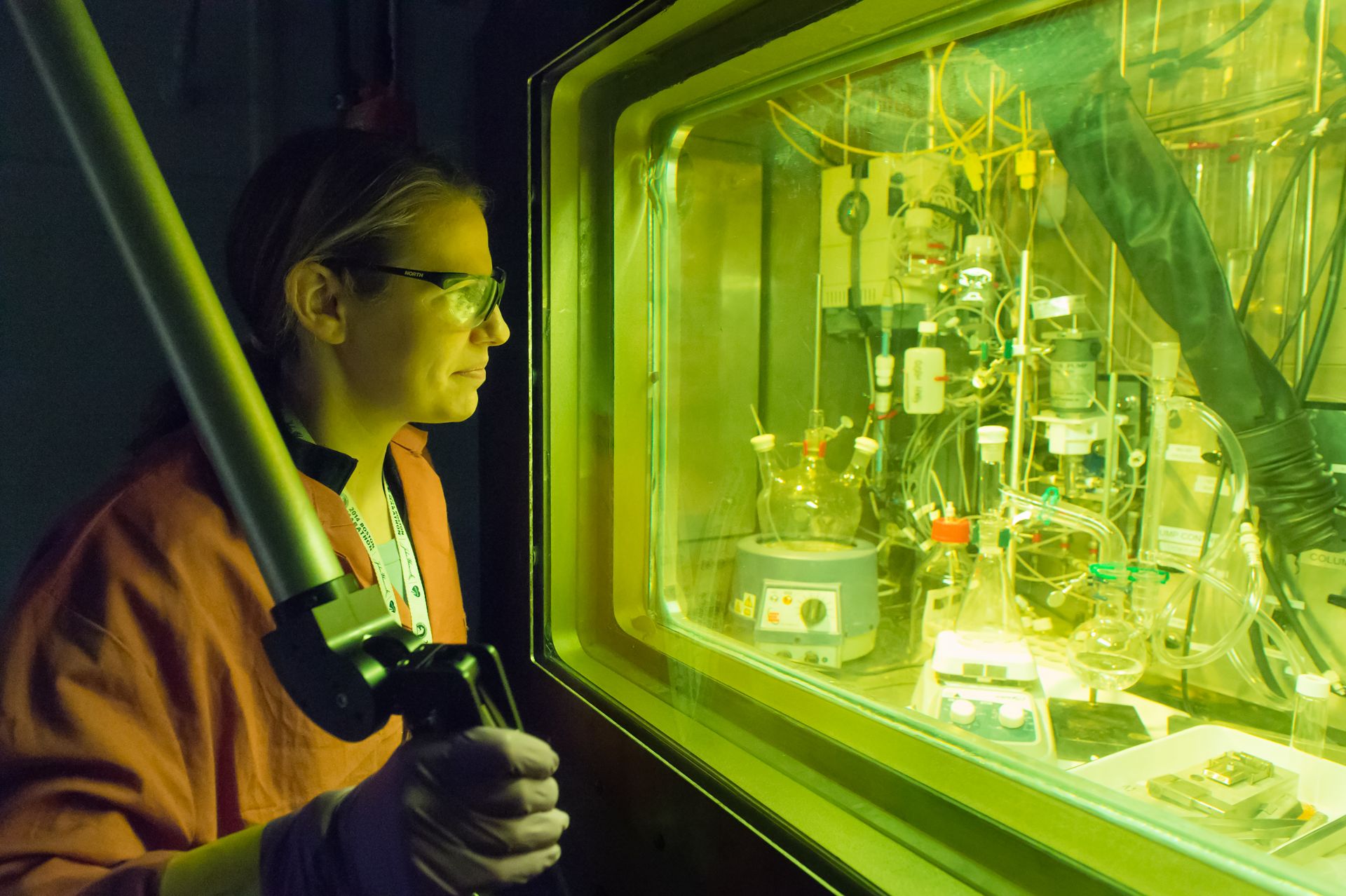


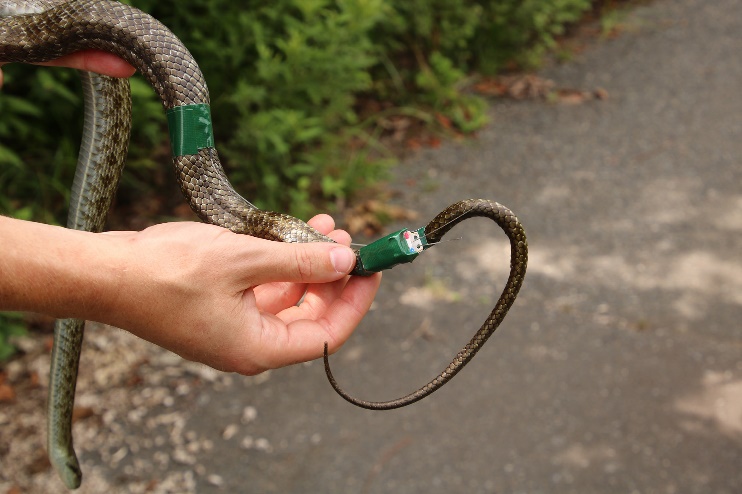
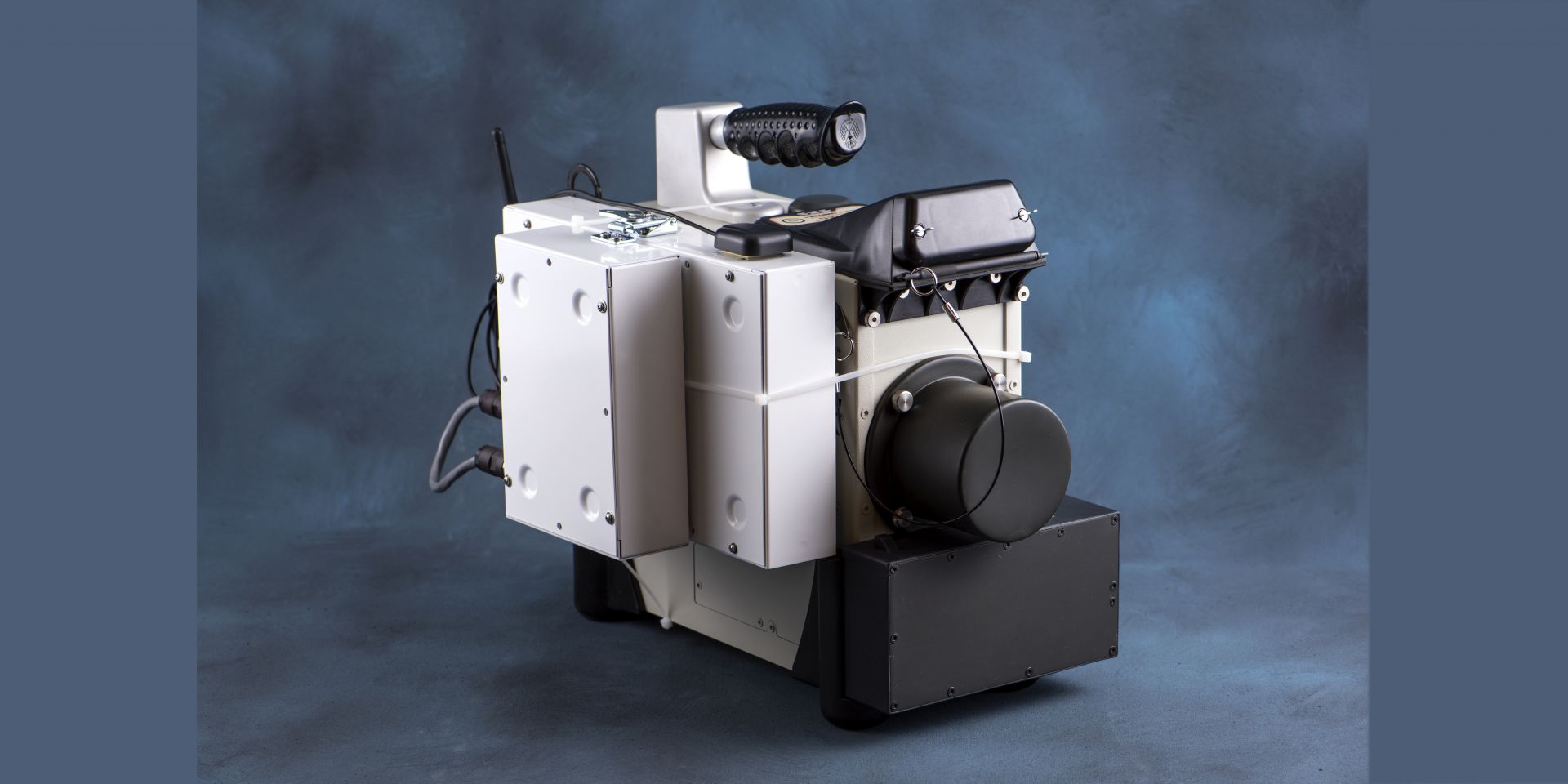
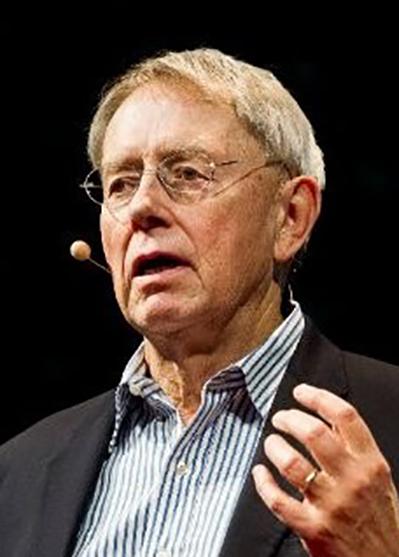
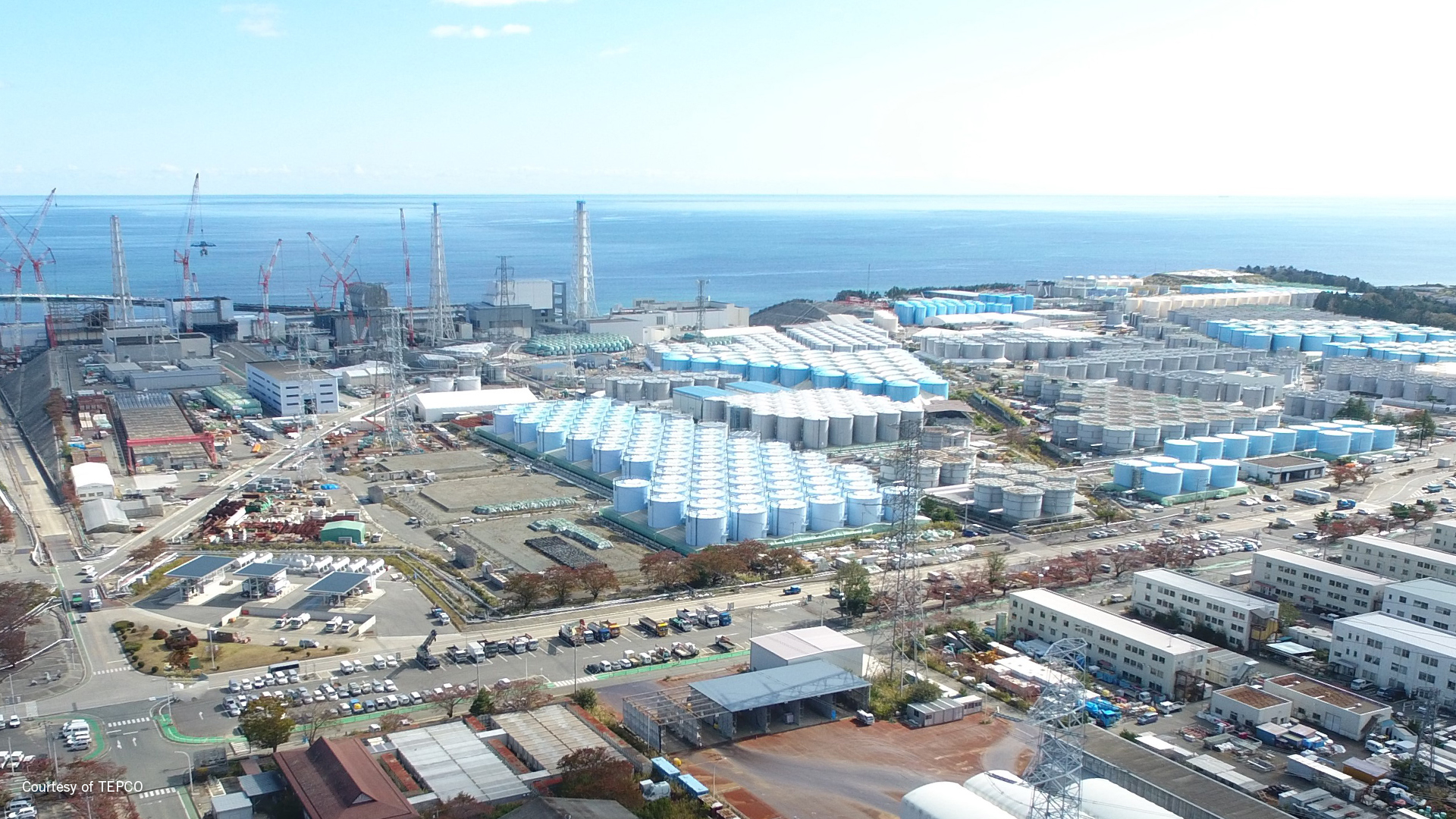
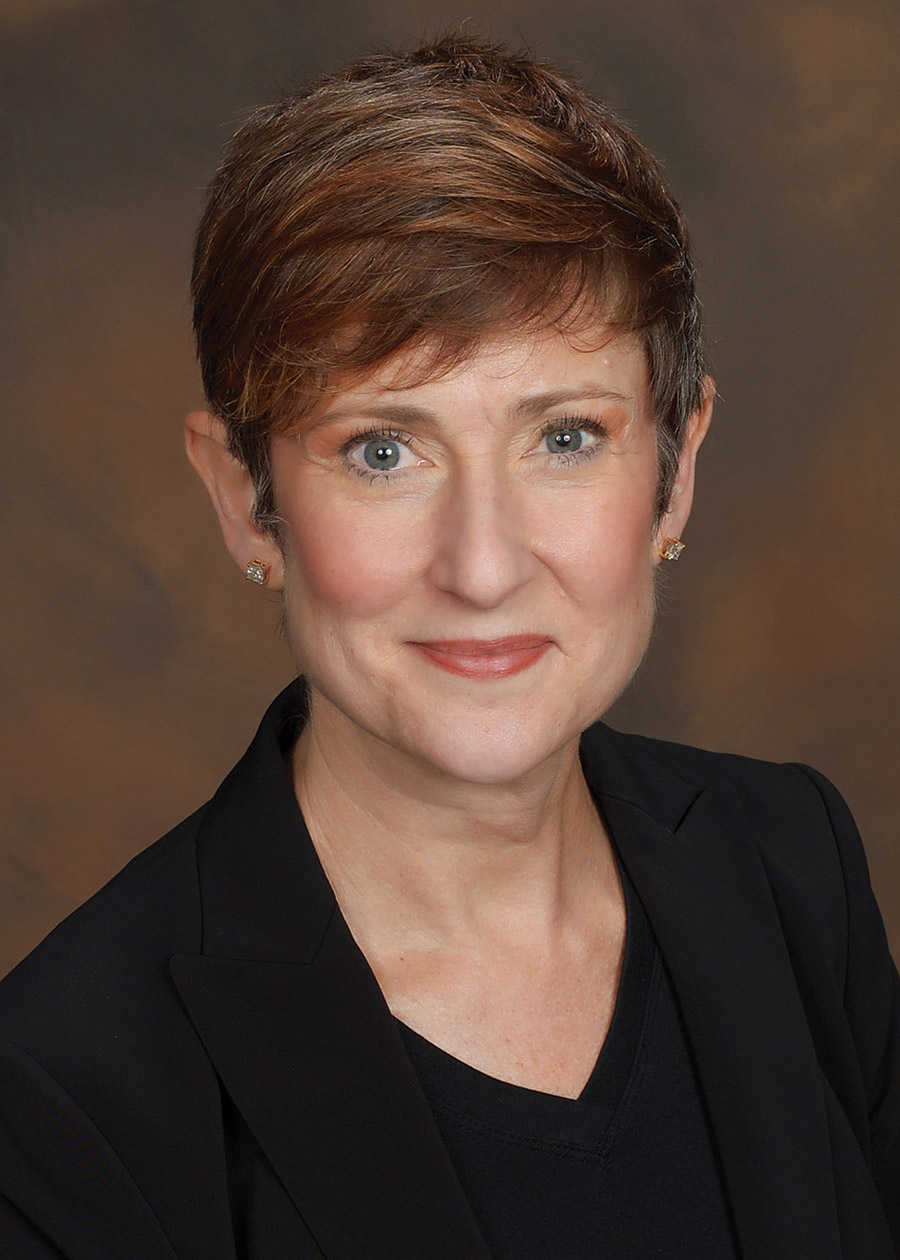
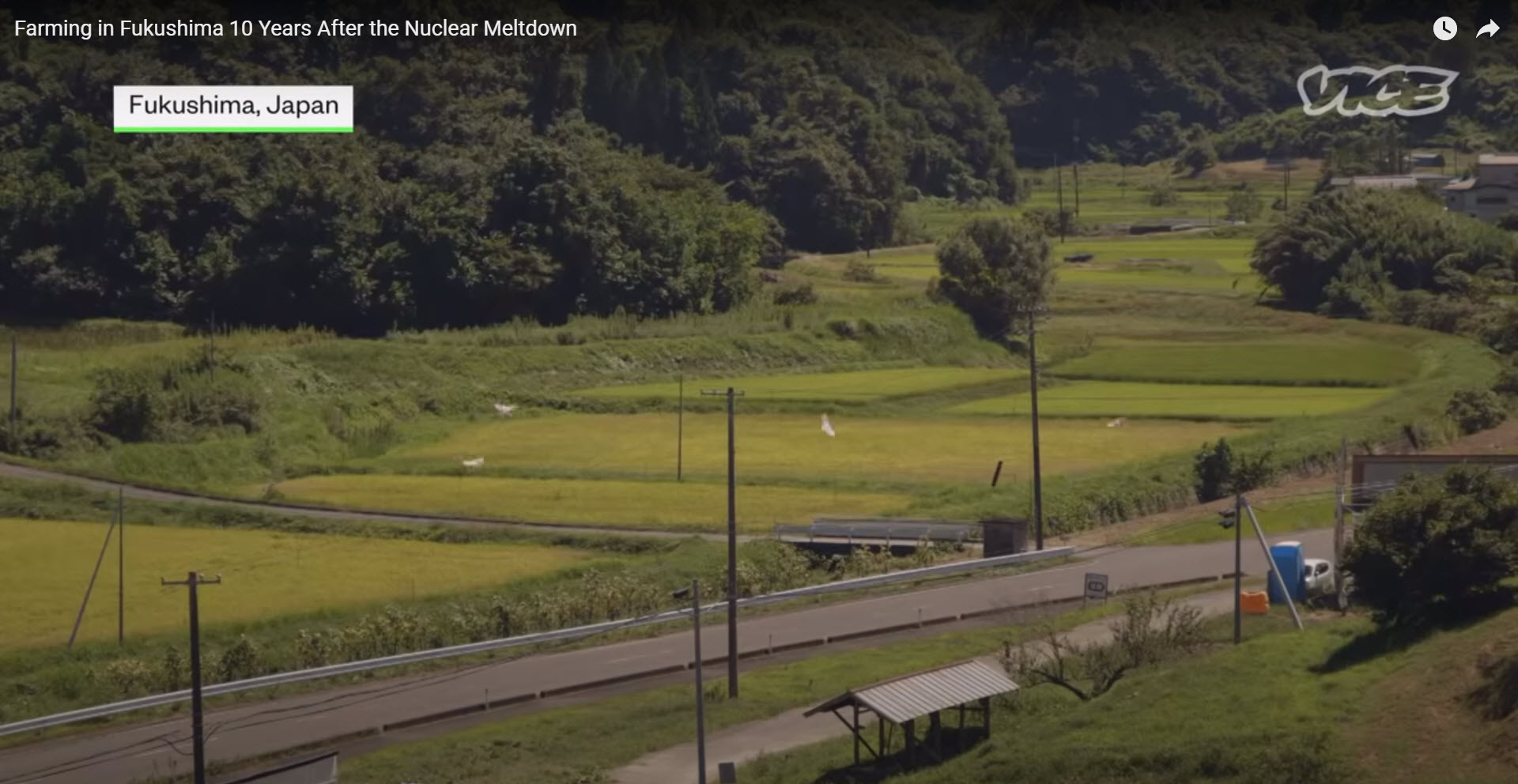
 A film titled
A film titled 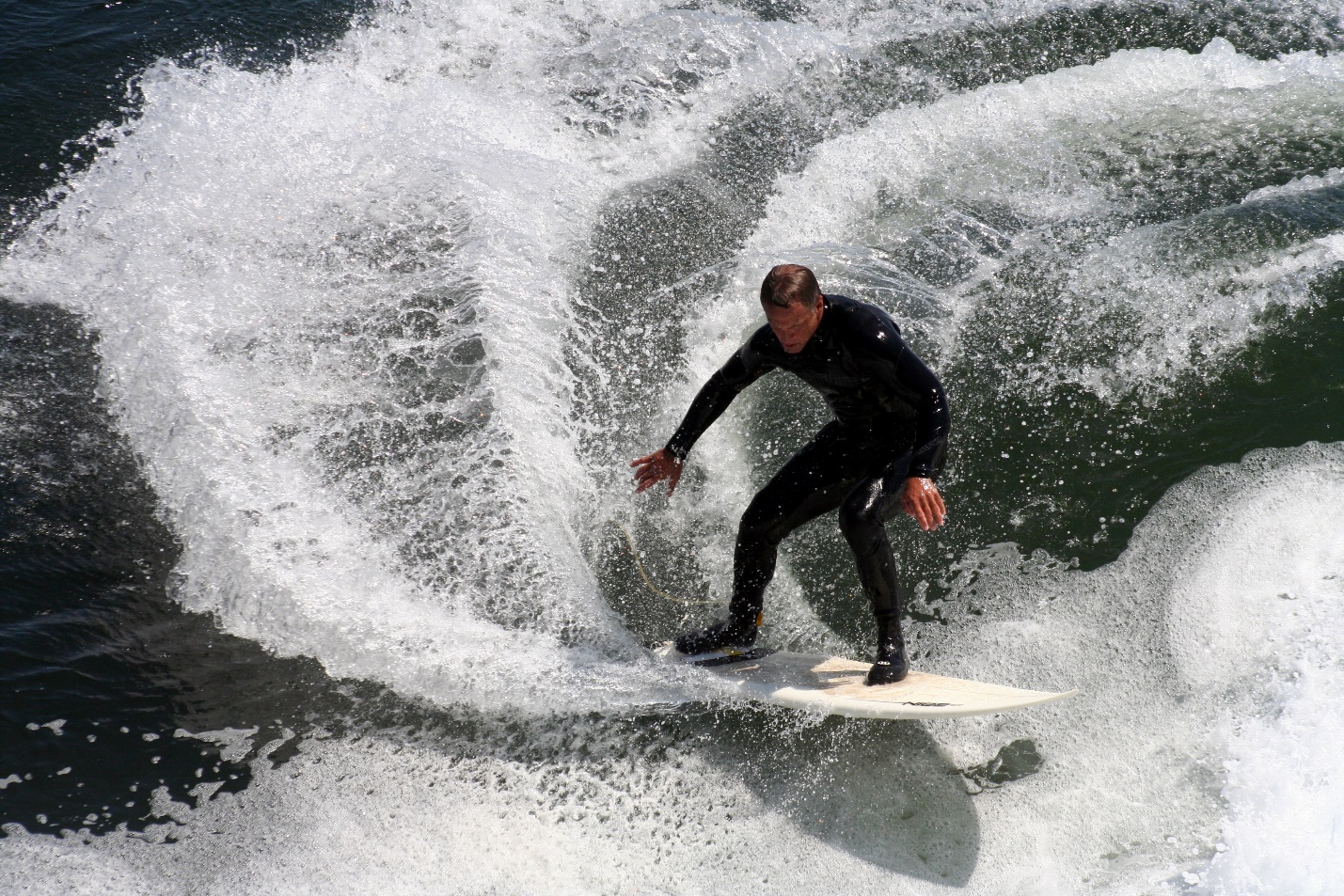
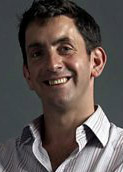
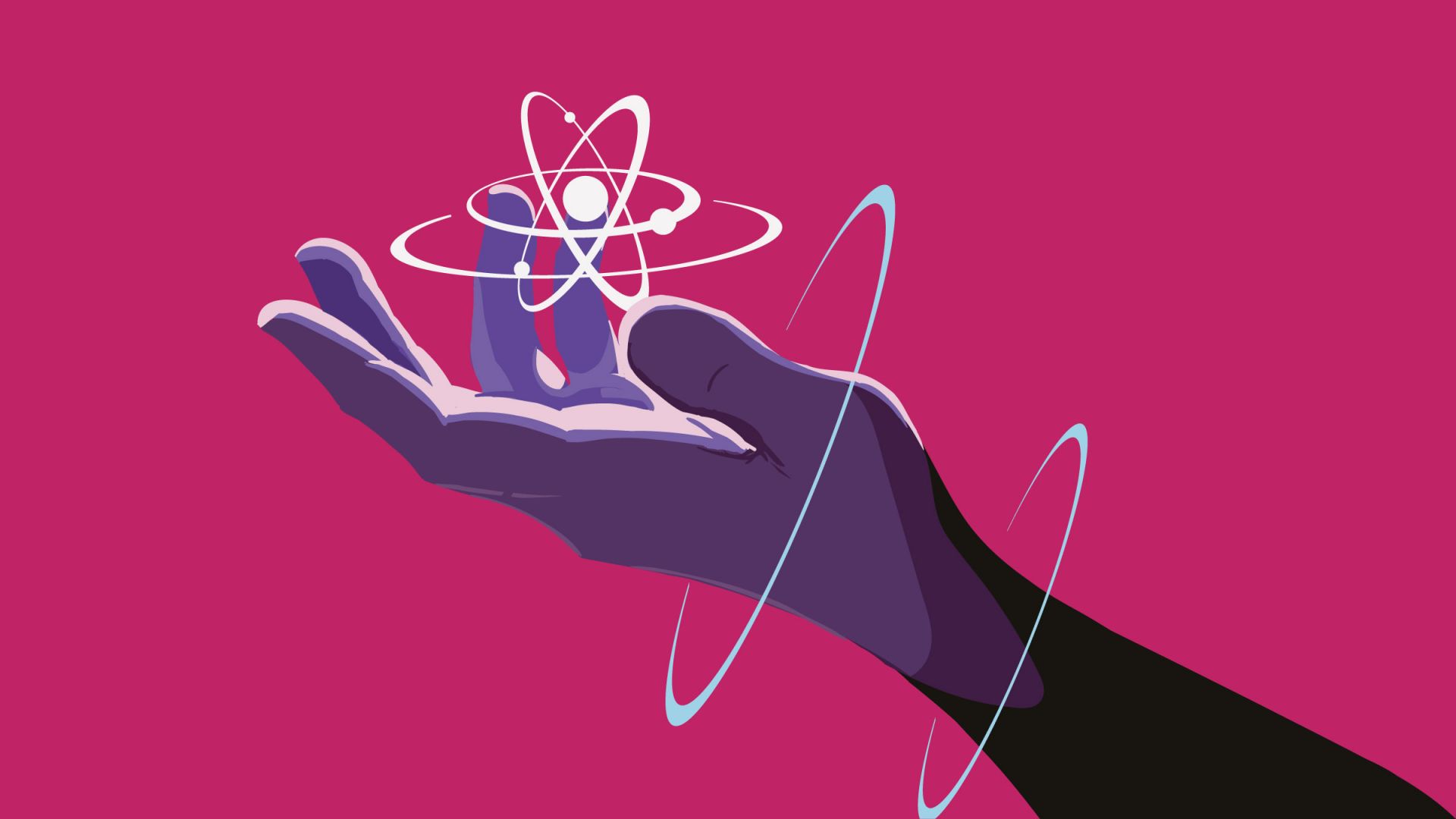 Radiation has benefited mankind in many ways, including its use as an energy source and an indispensable tool in medicine. Since the turn of the 20th century, society has sought ways to harness its potential, while at the same time recognizing that radiological exposures need to be carefully controlled. Out of these efforts, and the work of many dedicated professionals, the principles of justification, optimization, and limitation have emerged as guiding concepts.
Radiation has benefited mankind in many ways, including its use as an energy source and an indispensable tool in medicine. Since the turn of the 20th century, society has sought ways to harness its potential, while at the same time recognizing that radiological exposures need to be carefully controlled. Out of these efforts, and the work of many dedicated professionals, the principles of justification, optimization, and limitation have emerged as guiding concepts.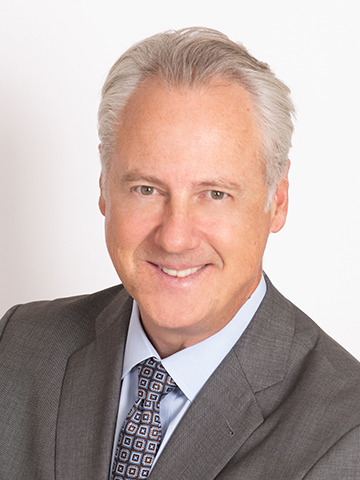
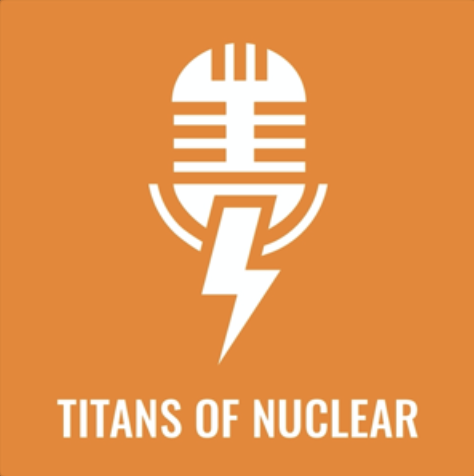 ANS Executive Director/CEO Craig Piercy was a recent guest on the
ANS Executive Director/CEO Craig Piercy was a recent guest on the  The latest season of
The latest season of